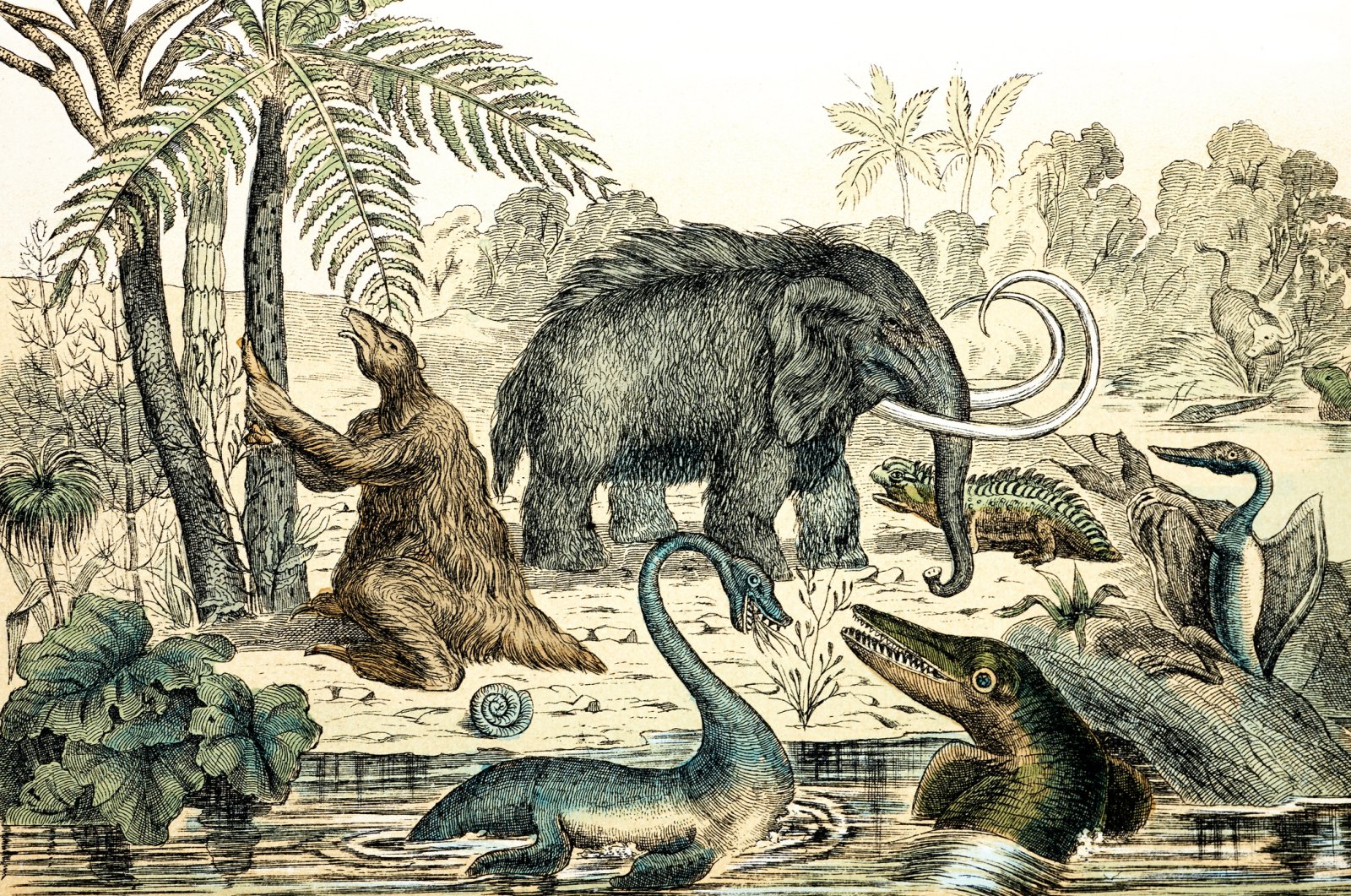
Giant kangaroos, humongous crocodiles and other megafauna that lived until 40,000 years ago in tropical northern Australia died out because of extreme climate change, according to a study published Monday.
Queensland Museum's paleontologists said the newly discovered megafauna went extinct due to extreme environmental change, in the study published in the science journal, Nature Communications.
The successive loss of water flow, intensified drying, increased burning, and vegetation change created the conditions to drive the extinction of at least 13 species of super-sized megafauna species, the researchers said. These included four reptilian mega-predators, a marsupial "lion" and the world's largest kangaroos and wombats, the study said.
The study was based on research on the fossils discovered at a megafauna site at South Walker Creek, near Mackay in northeastern Queensland, close to the Great Barrier Reef. It was once home to more than a dozen species of giant animals and is the youngest megafauna site in northern Australia.

Humans, who had already started moving into the continent, could not be blamed for extinction, the study said.
"We cannot place humans at this 40,000-year-old crime scene, we have no firm evidence. Therefore, we find no role for humans in the extinction of these species of megafauna," Hocknull said.
Instead, the researchers found the extinction of the giants coincide with major climatic and environmental deterioration both locally and regionally, including increased fire, reduction in grasslands and loss of freshwater.
"Together, these sustained changes were simply too much for the largest of Australia’s animals to cope with," he added.
Previously at the site, the remains of a 2.5-meter tall kangaroo, weighing an estimated 274 kilograms, was discovered, making it the largest known kangaroo in history.
